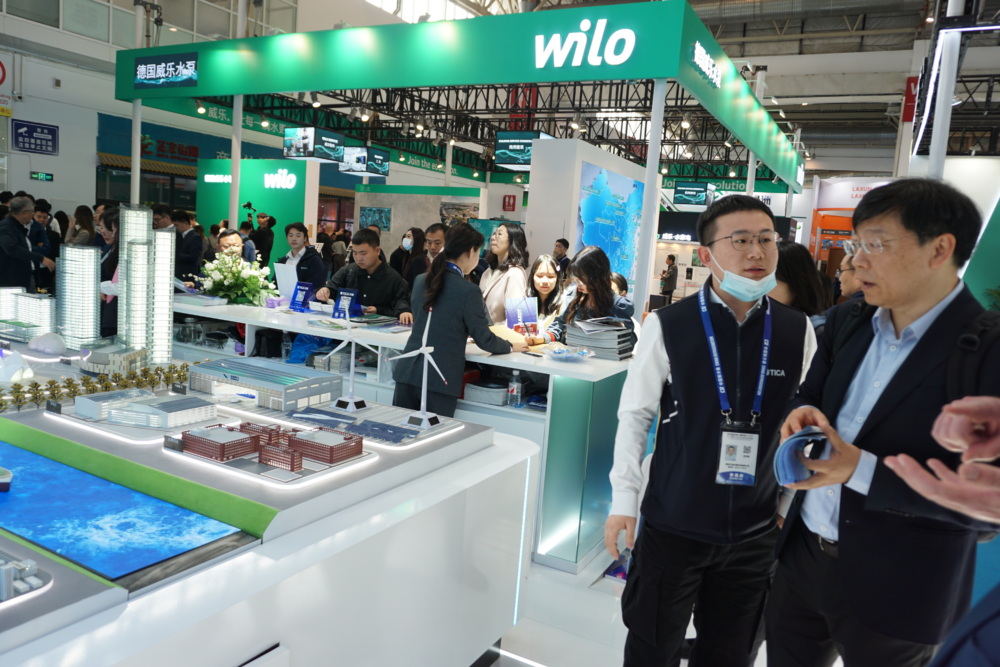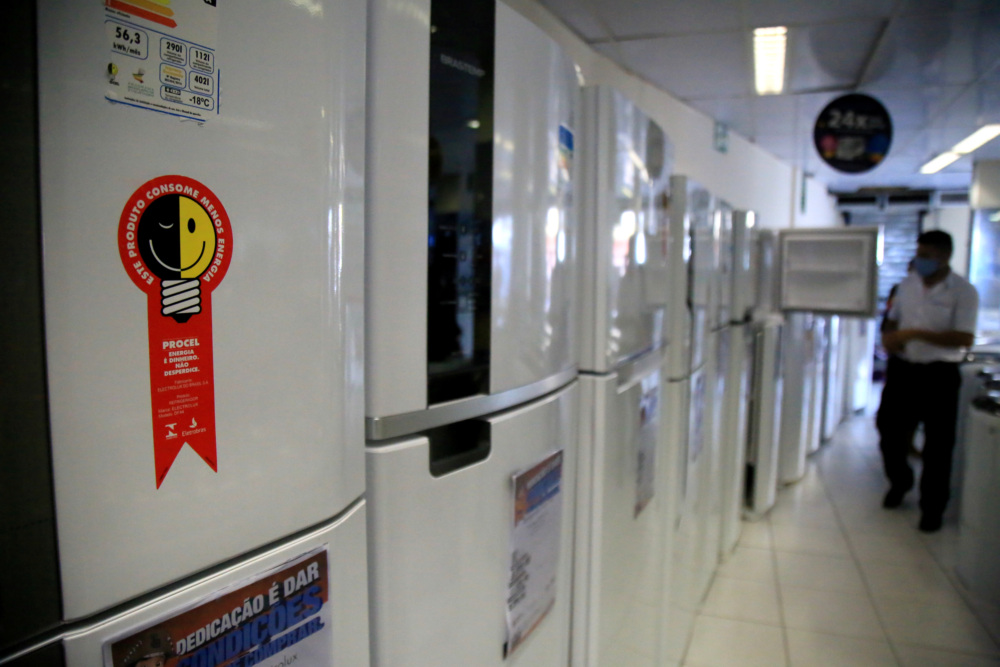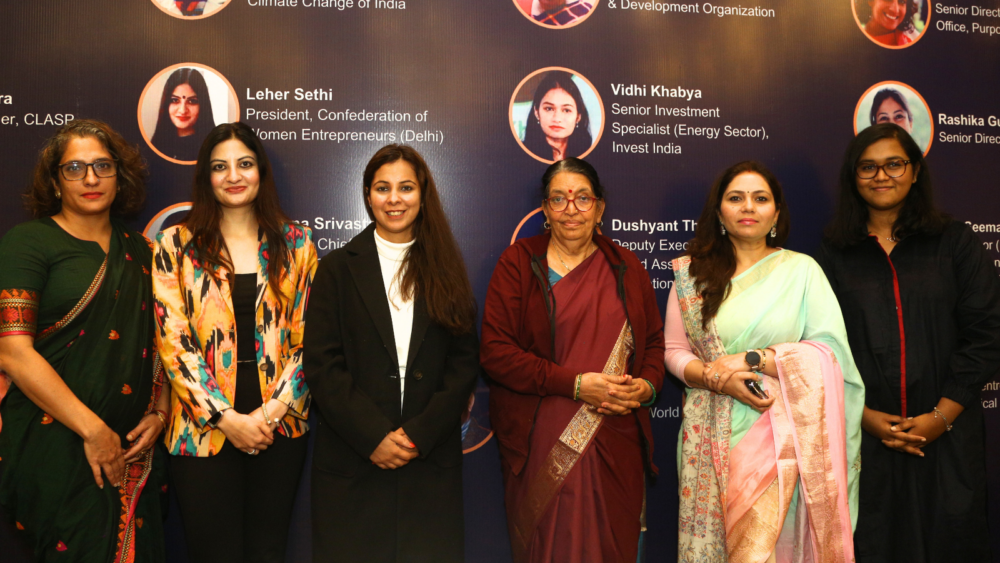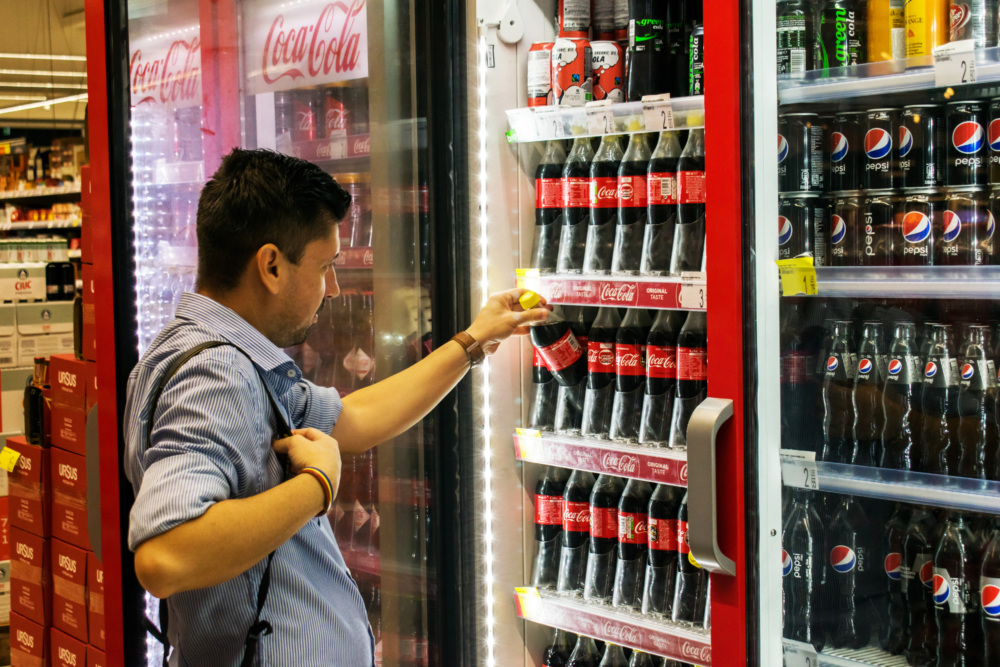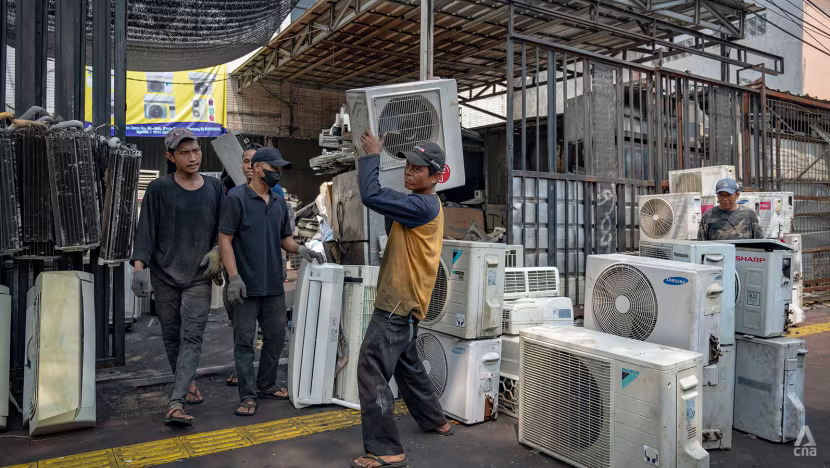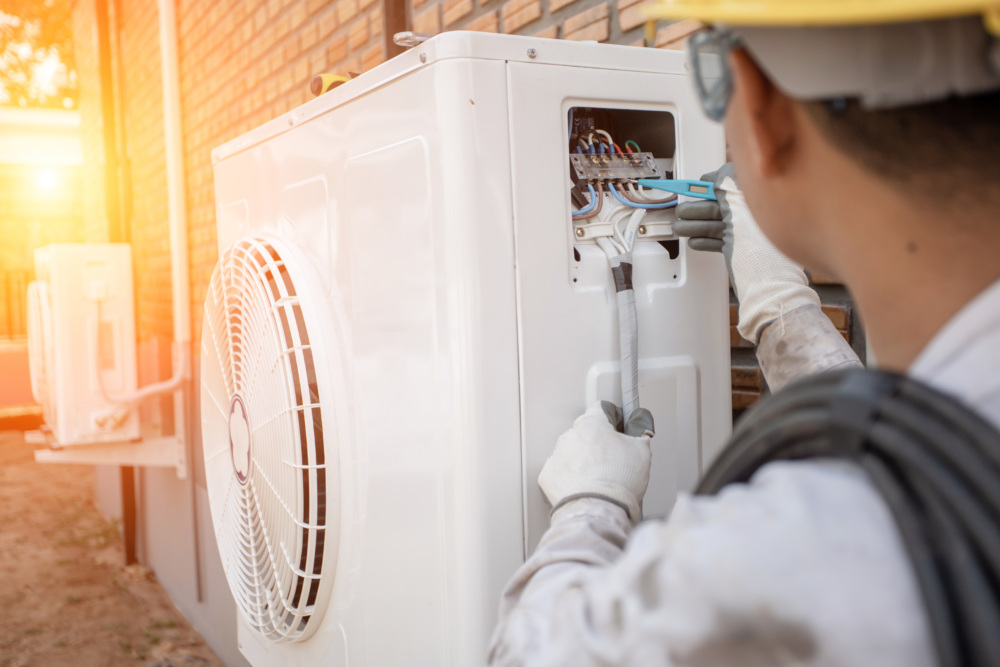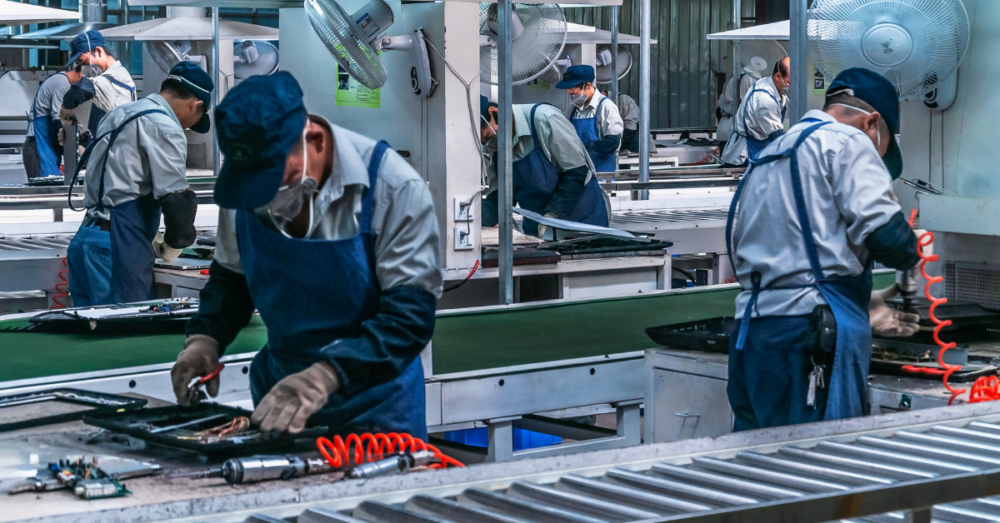Indonesia’s Road to Net Zero
Last year, Indonesia committed to reaching net zero carbon emissions by 2060; CLASP is supporting the government to integrate appliance efficiency considerations into the national plan.
Growing Population Strains Energy Needs
With 273 million people, Indonesia has the fourth largest population in the world. Current projections estimate a 5x increase in electricity use per capita and 2x increases in final energy consumption per capita. And once-scarce appliances like air conditioners will see a sevenfold increase by 2040. Despite the multitude of benefits, efficiency receives less government funding and attention than other energy transition programs like transportation and solar home system distribution.
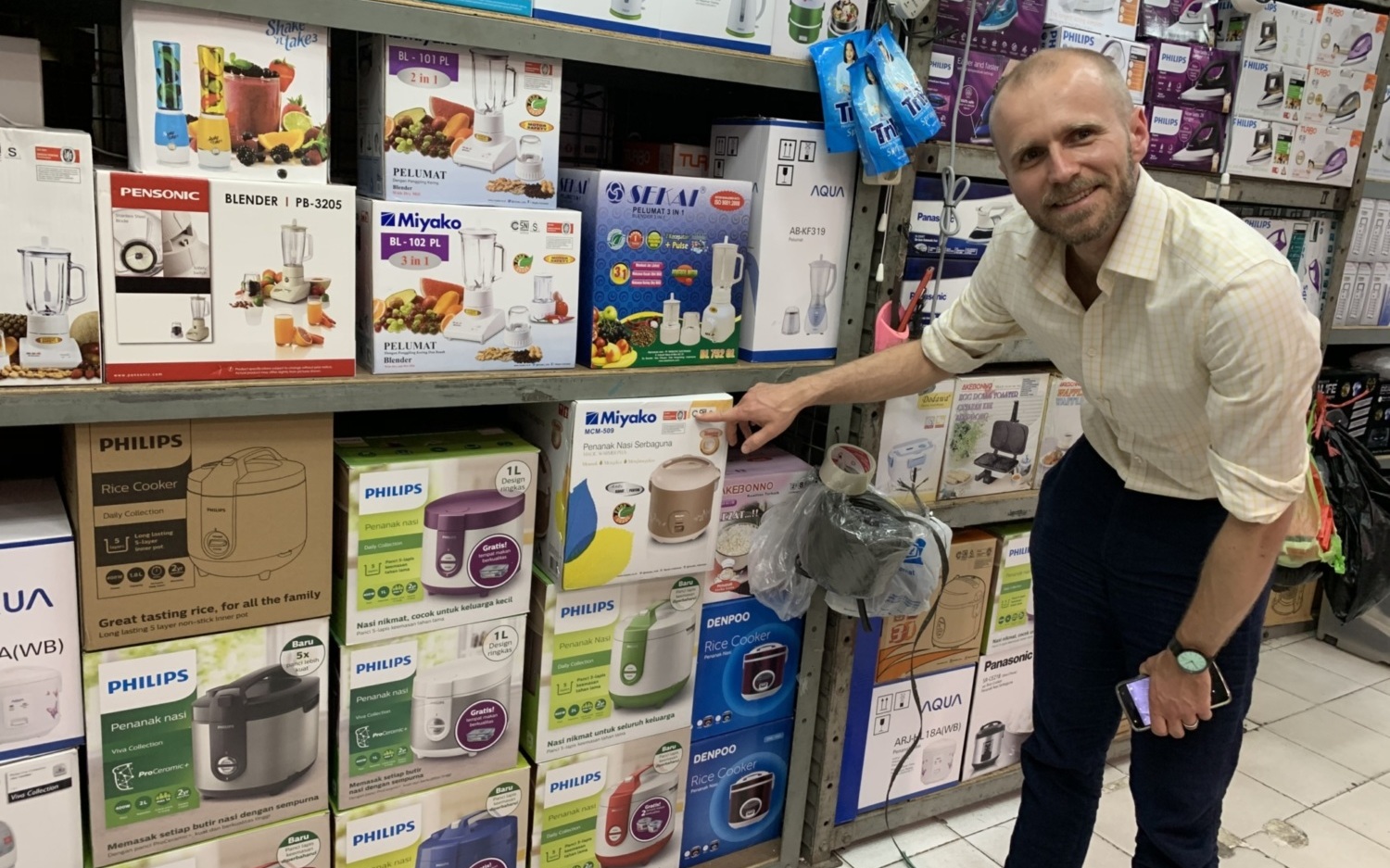
Over the past three years, CLASP has supported the Indonesian government in developing efficiency policies for fans, refrigerators and rice cookers. Because of this partnership, the Ministry of Energy and Mineral Resources (MEMR) requested CLASP’s input on the creation of the Net Zero Emissions (NZE) roadmap. In their updated National Determined Contributions published in 2021, Indonesia committed to reducing CO2 emissions by 29% through its own efforts and 41% conditional on international support, by 2030. Alongside the update, they submitted their Long-Term Strategy for Low Carbon and Climate Resilience 2050, which mentioned a goal of reaching NZE by 2060. That goal was later reiterated by the Energy Minister during COP26.
CLASP will bring our expertise into roadmap discussions to ensure the Ministry includes efficiency considerations for other appliances that contribute to high energy use. Increasing the ambition of efficiency policies can have significant impacts on emission reductions, ensuring Indonesia meets their net-zero target economically and on time.
Putting Energy Efficiency on the Map
Many projects that support the goals of the roadmap have already begun, like the harmonization of national standards and minimum energy efficiency requirements with regional ASEAN levels. This work would translate to a 32% reduction in energy intensity by 2025 and has already been initiated with harmonized AC and lighting standards. Following commitments made during COP26, the plan will also include steps to deliver on the pledge to double the efficiency of four key appliances by 2030, as per the SEAD Initiative’s Product Efficiency Call to Action.
CLASP is supporting the Ministry’s policy modeling team to develop energy use projections for relevant appliances through 2060, using Mepsy – our climate impacts calculator. For this project, we extended Mepsy’s projection capabilities to 2060, enabling a longer projection timeline for all available appliances and countries. In the coming months, CLASP will continue to attend inter-ministerial meetings to discuss mitigation scenarios and reach consensus among the proposed strategies. The work will likely be presented at the G20 Leader’s Summit in October 2022.

